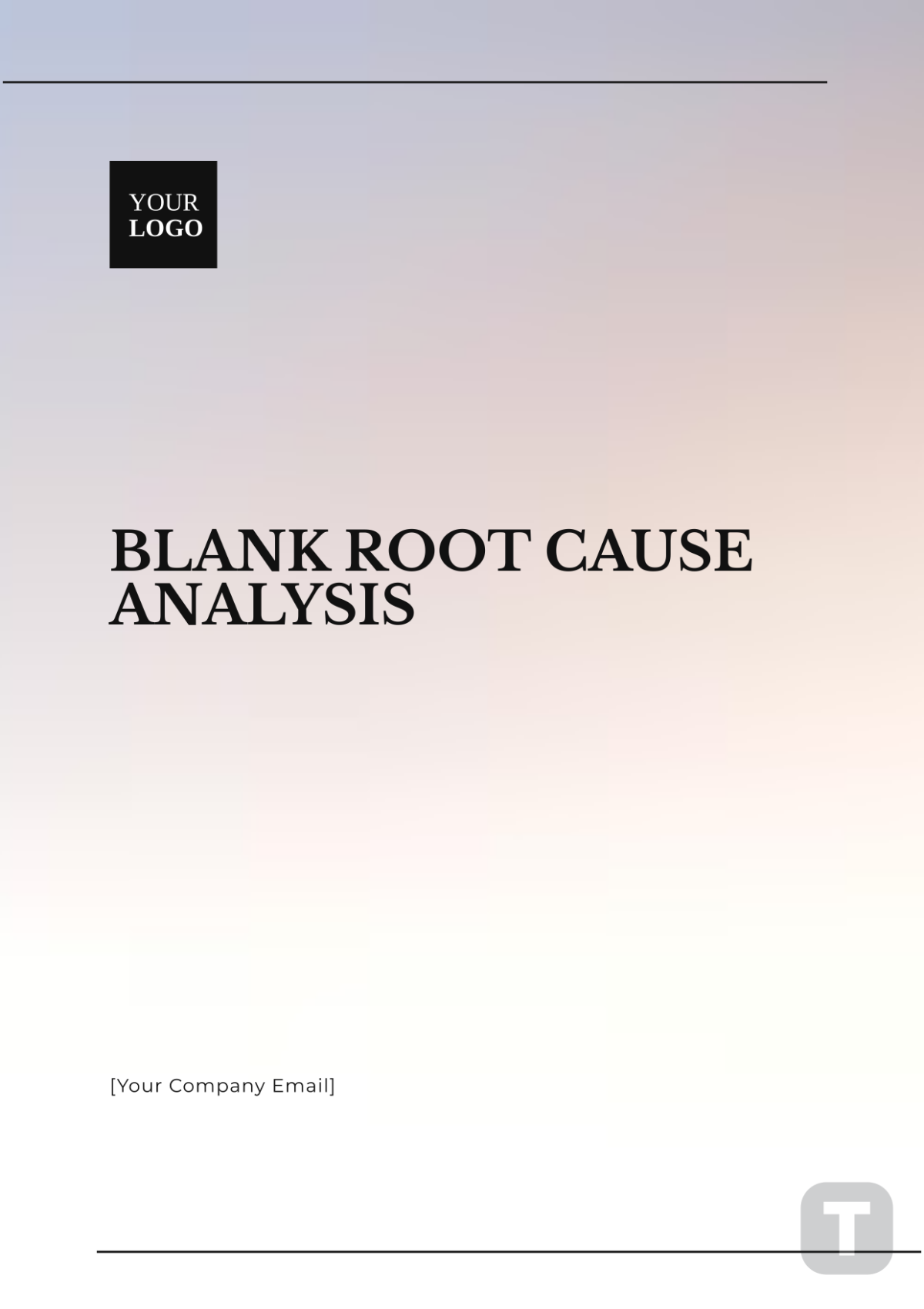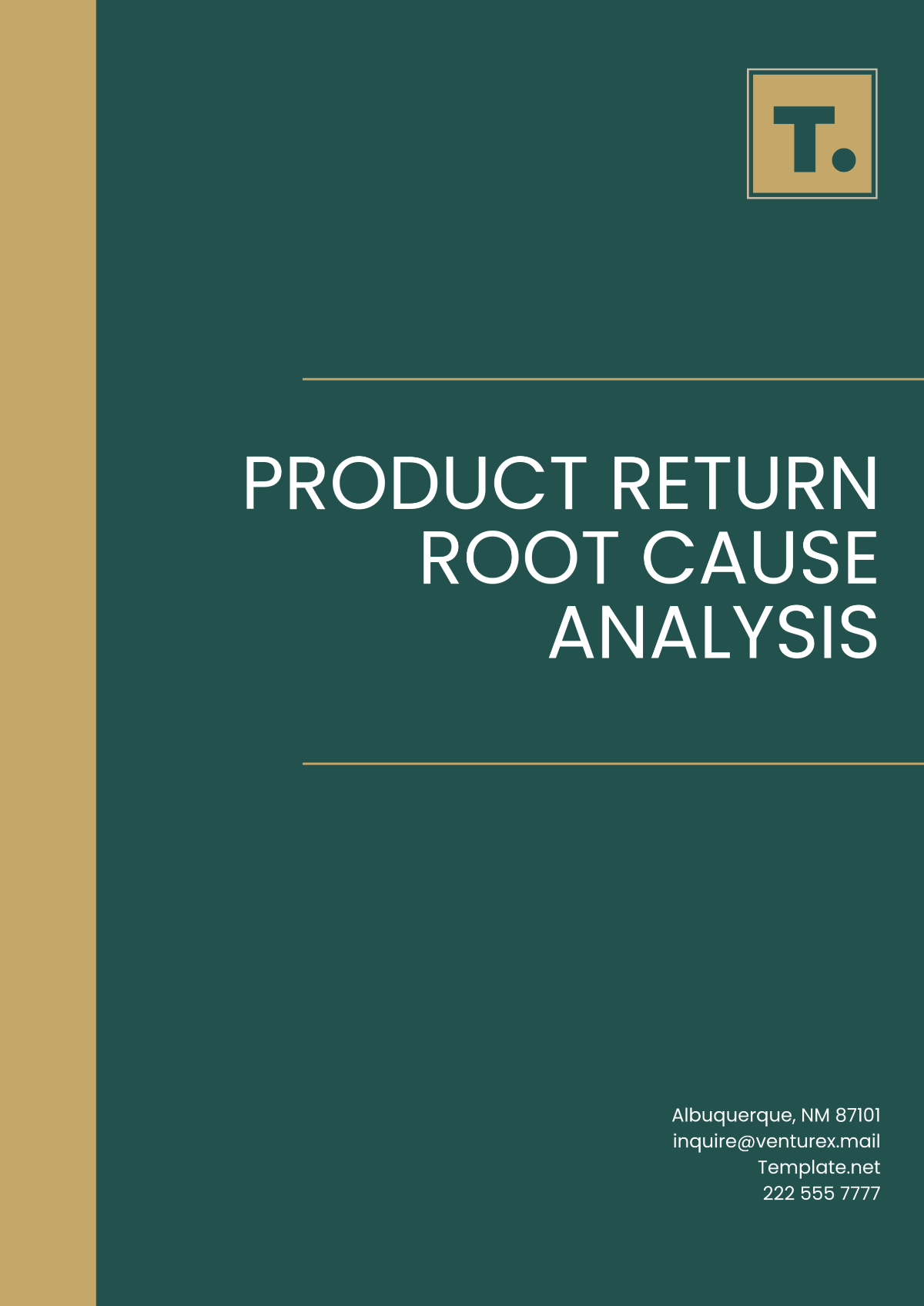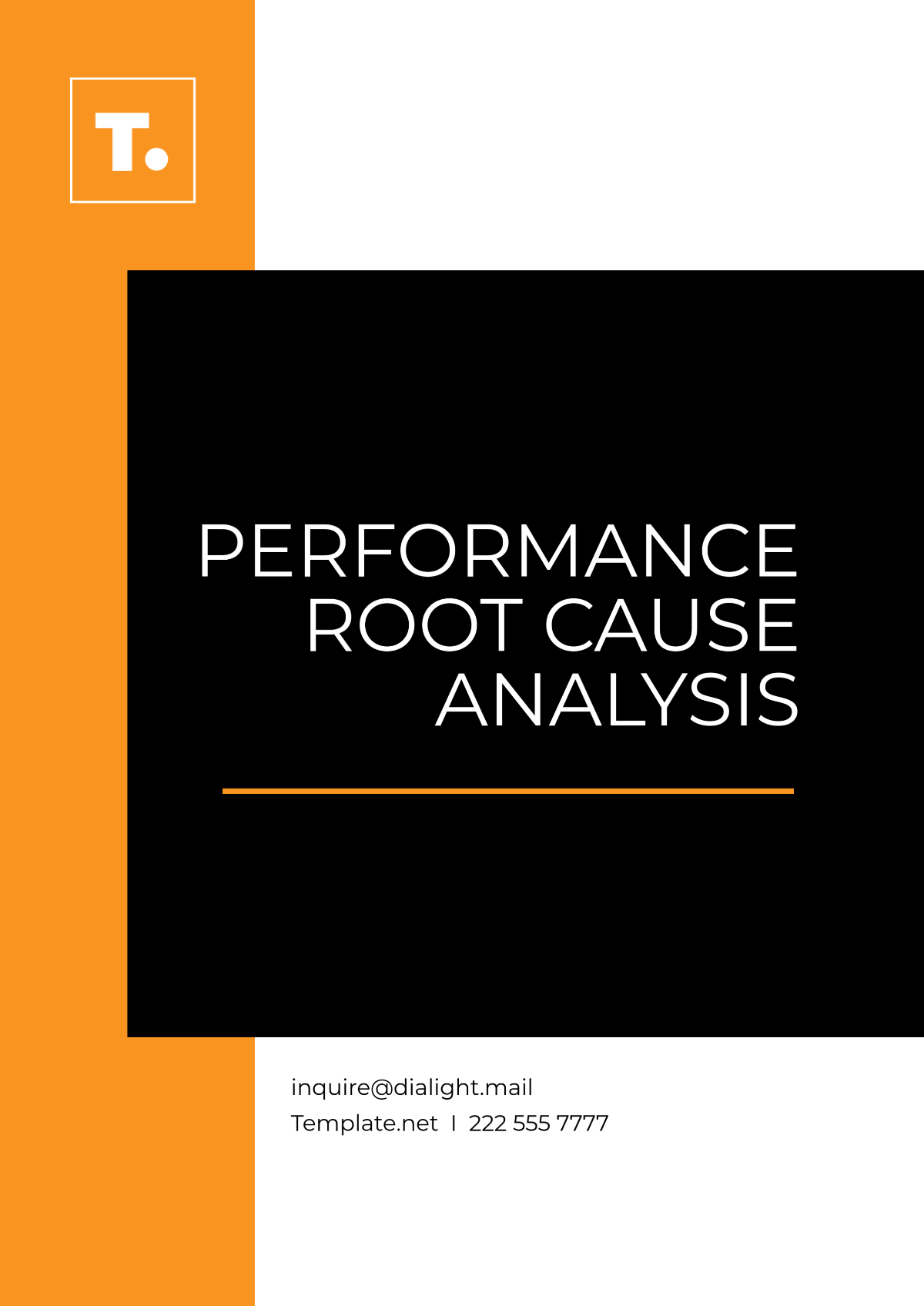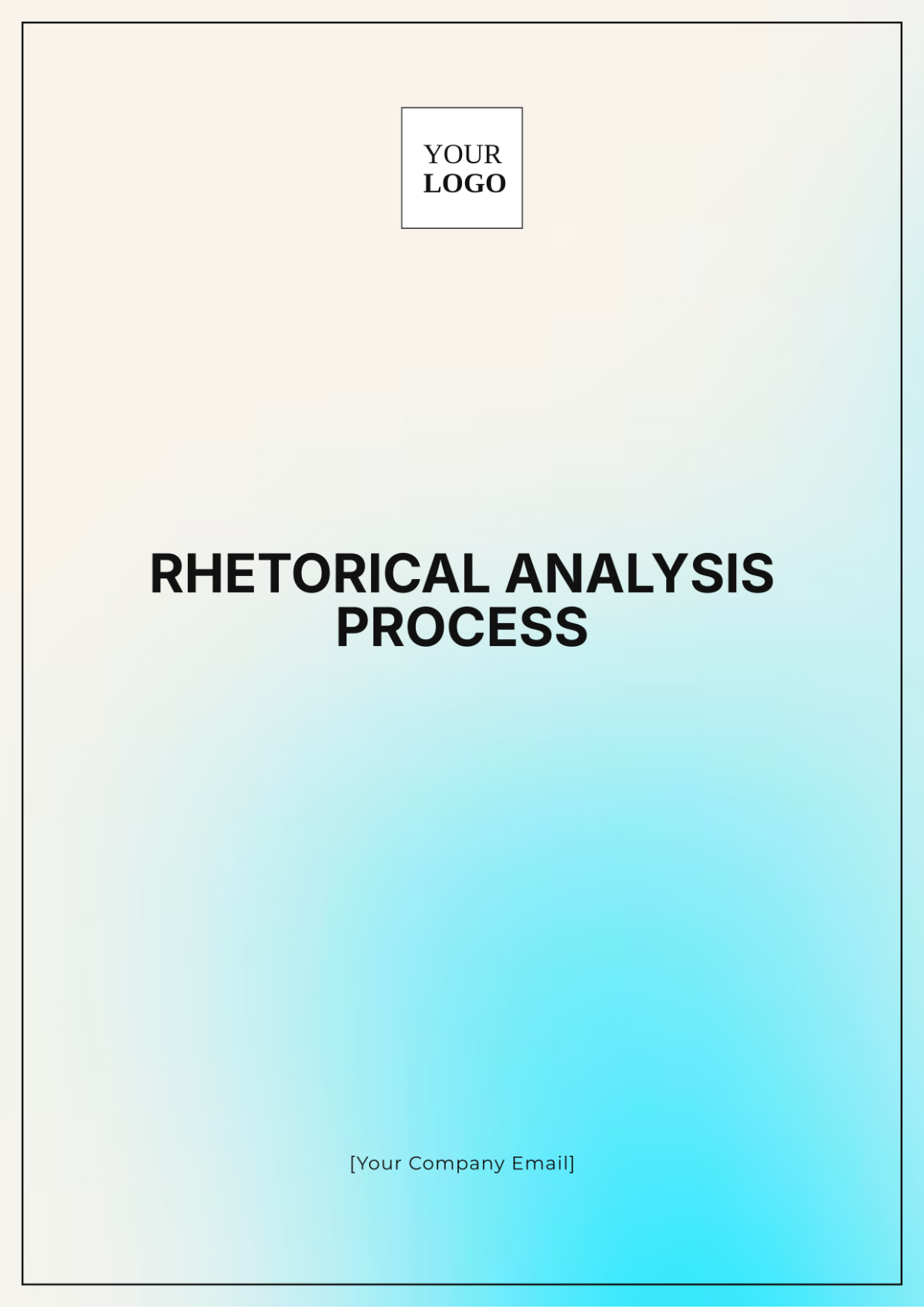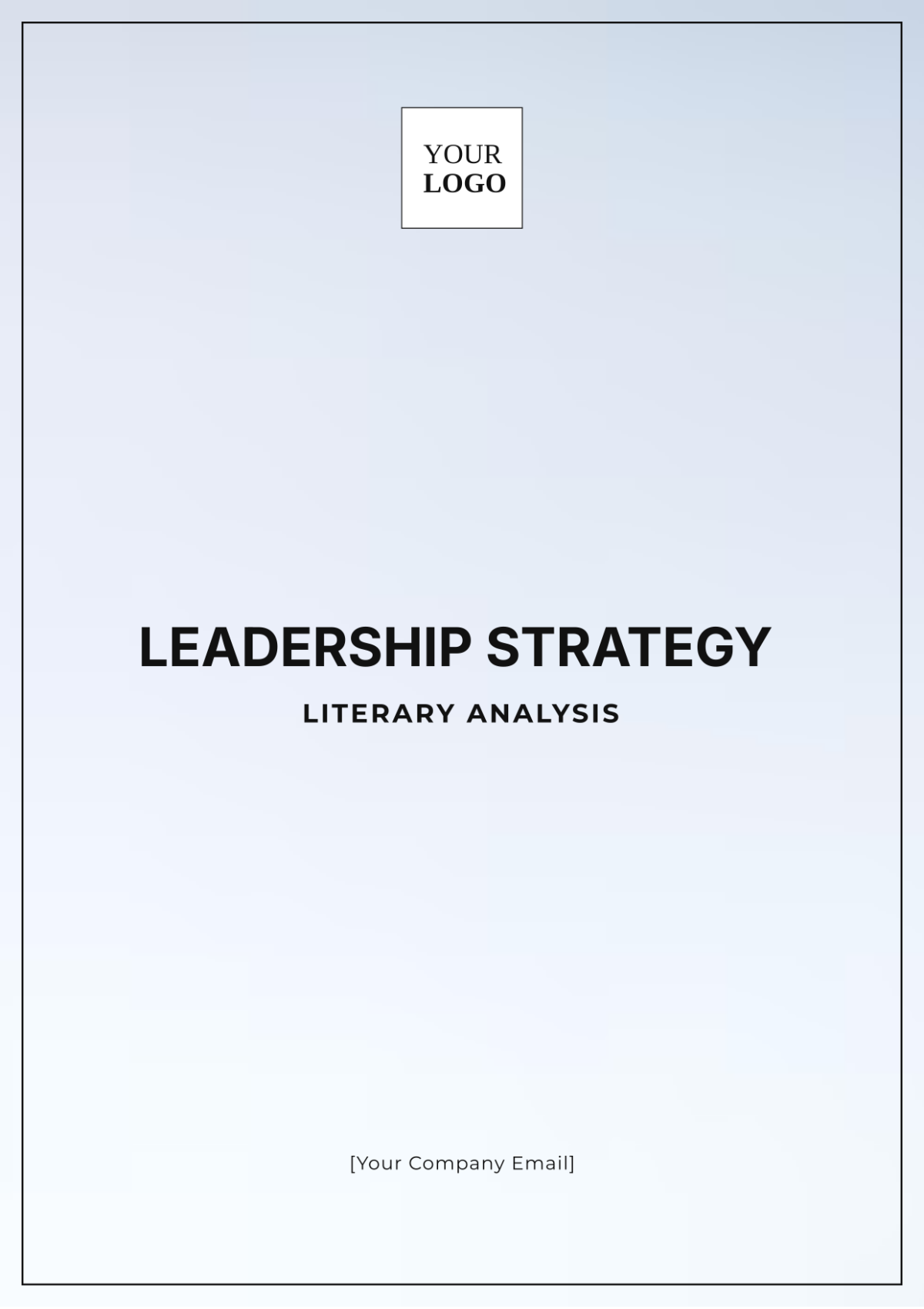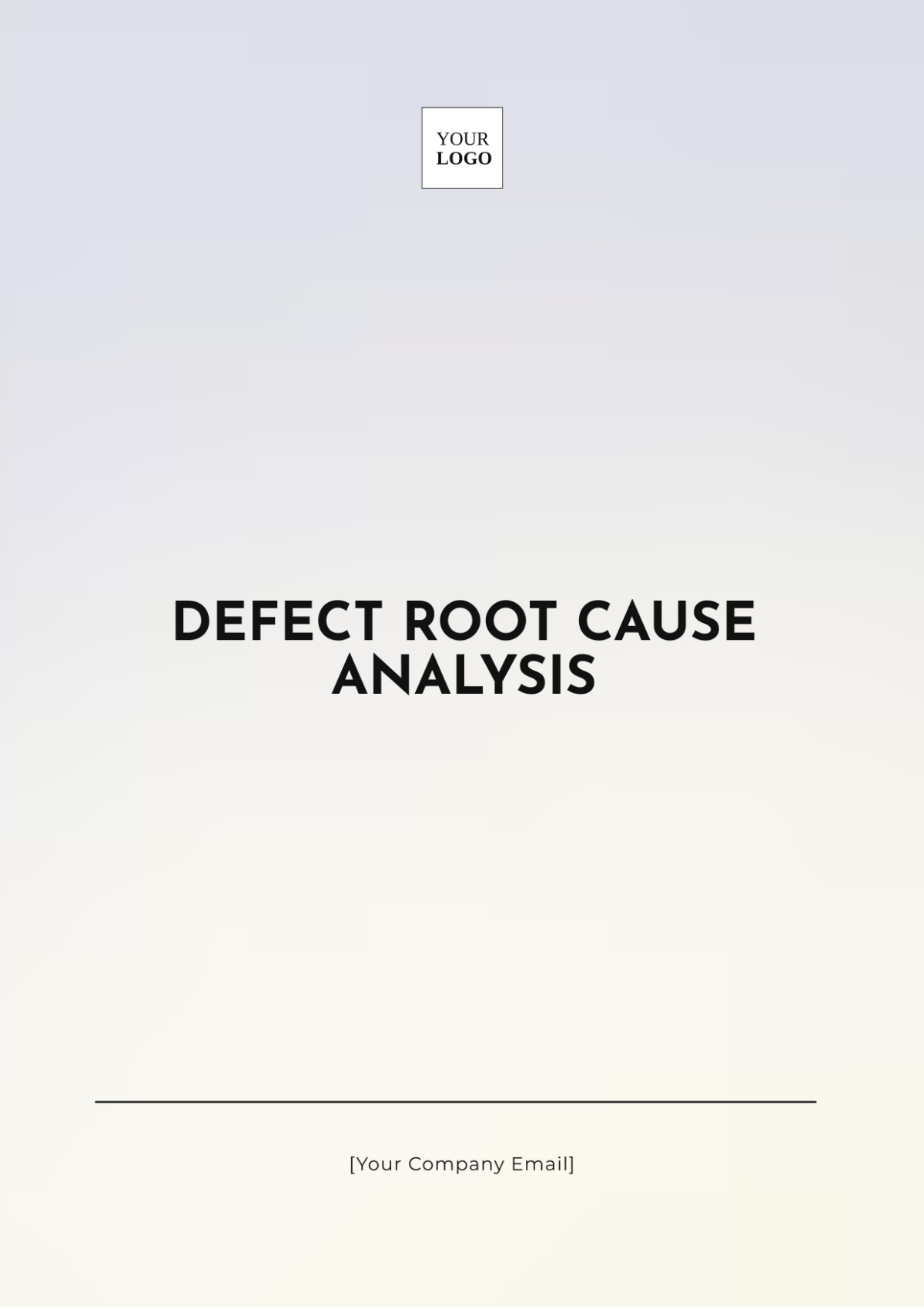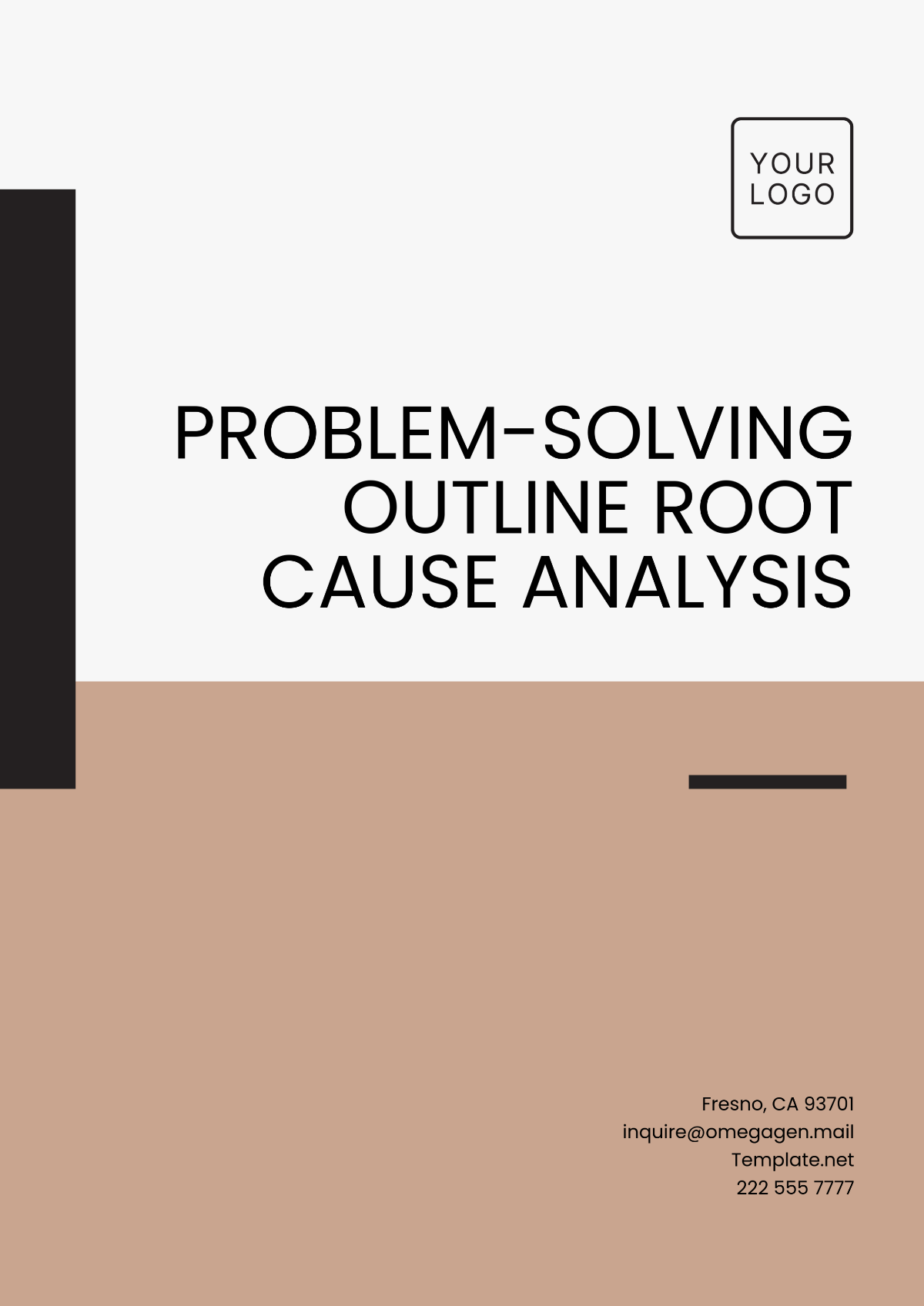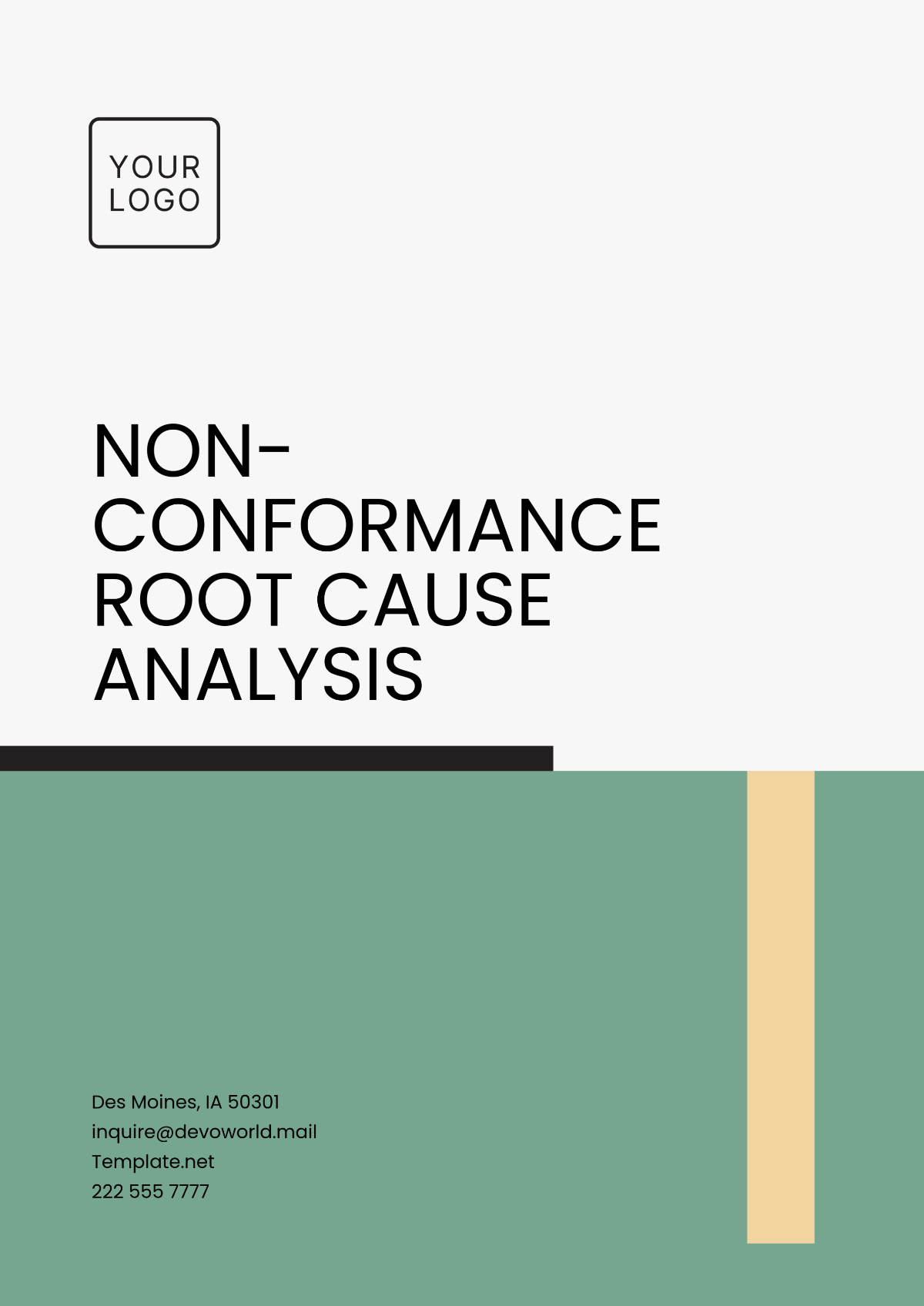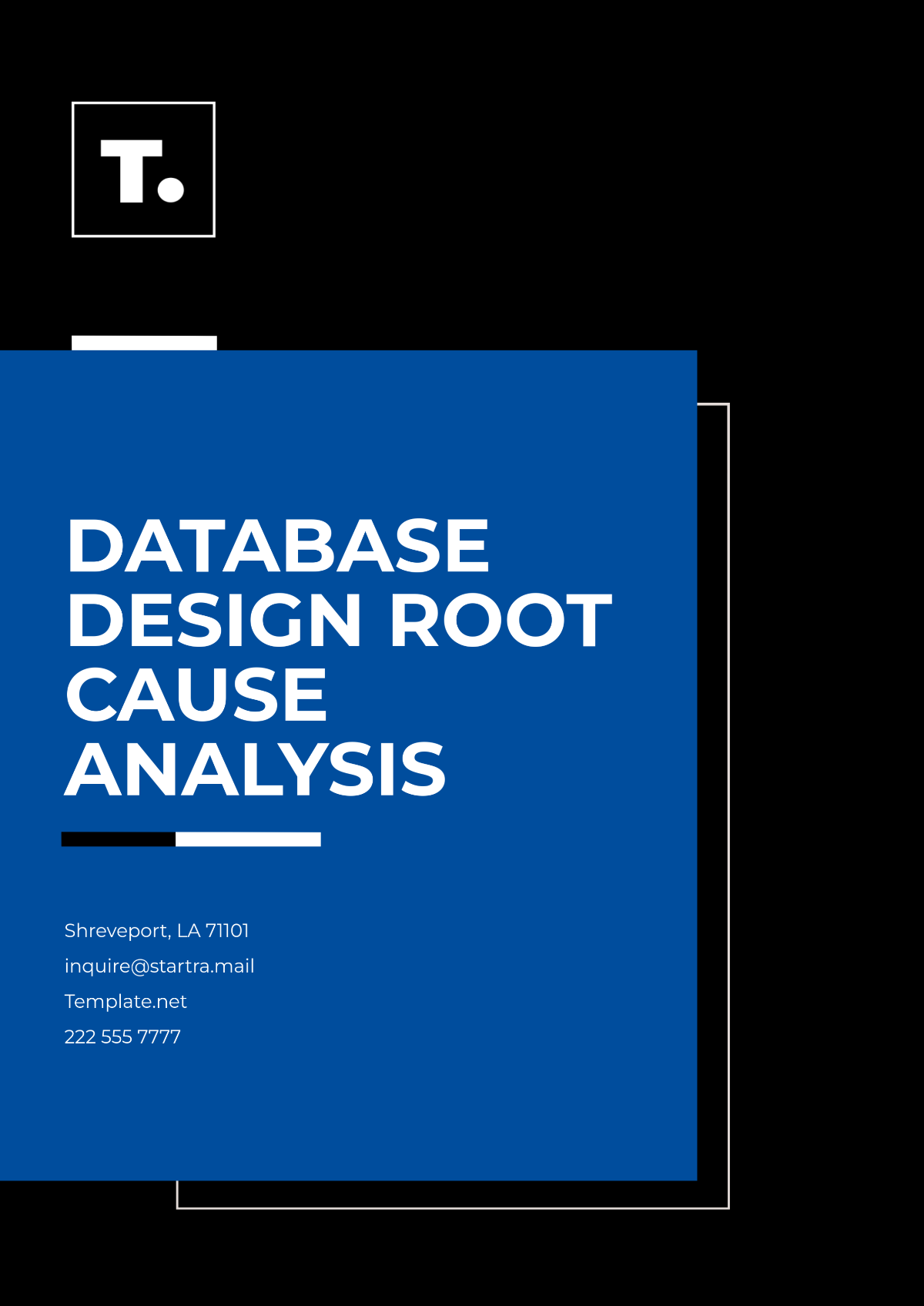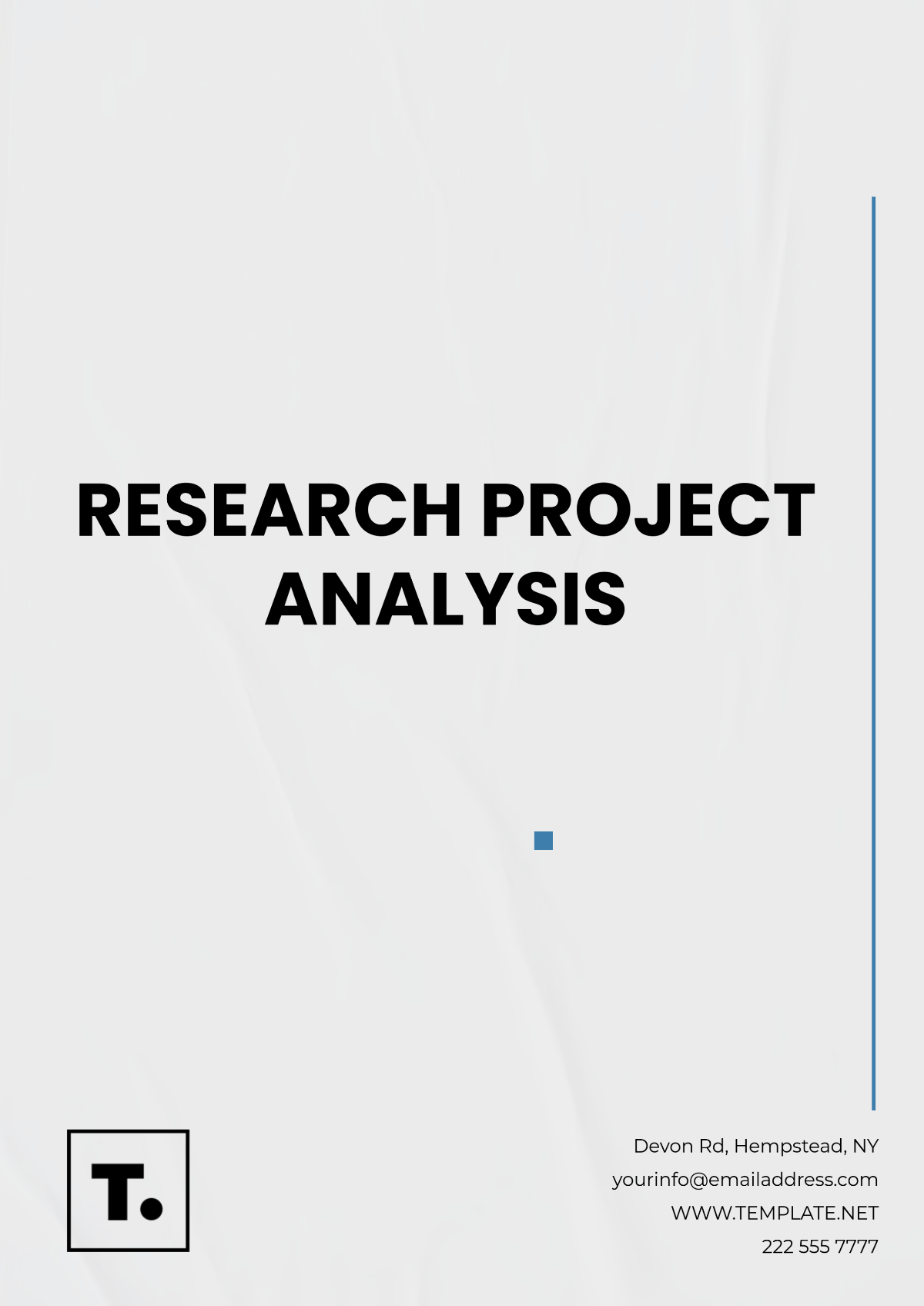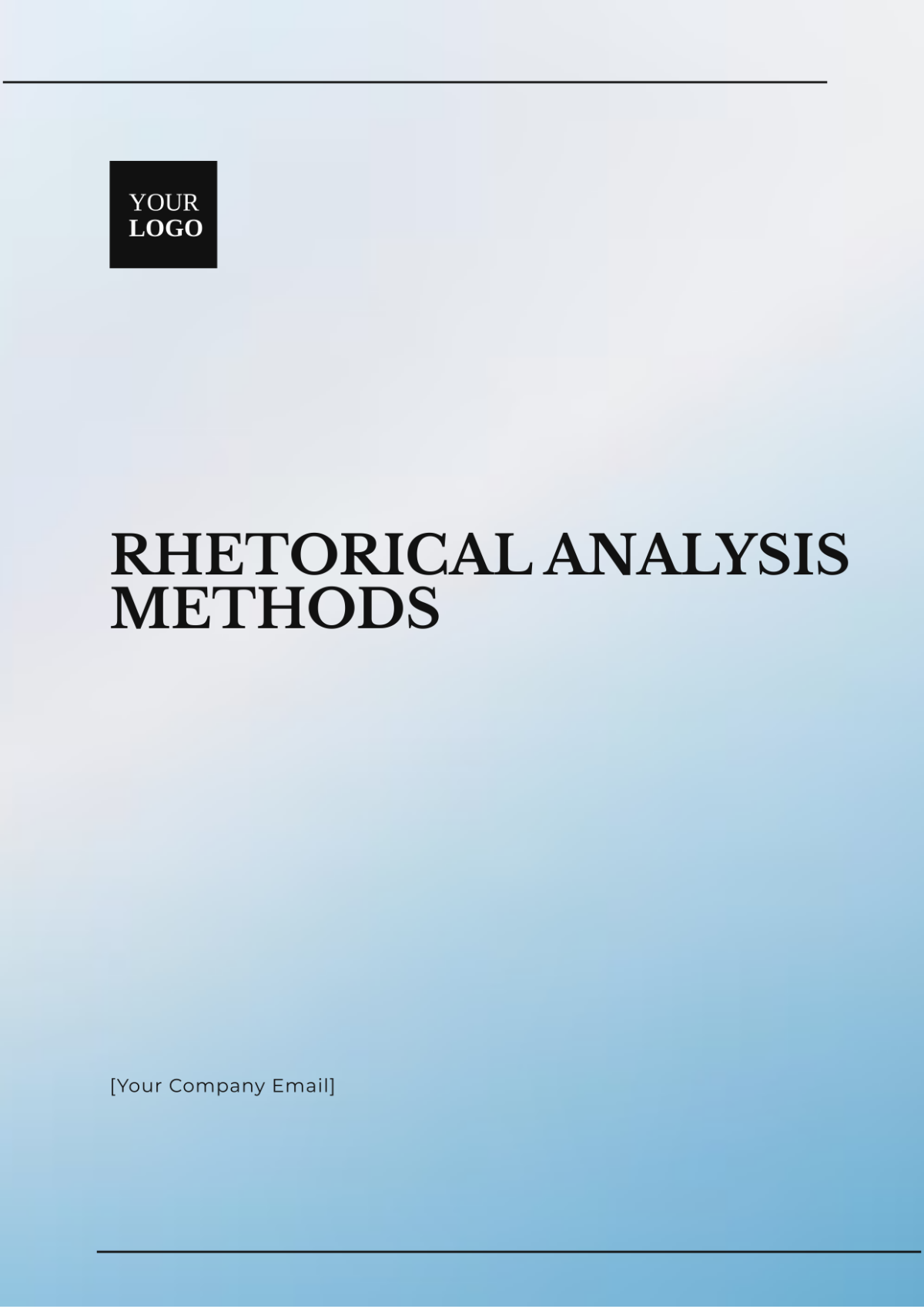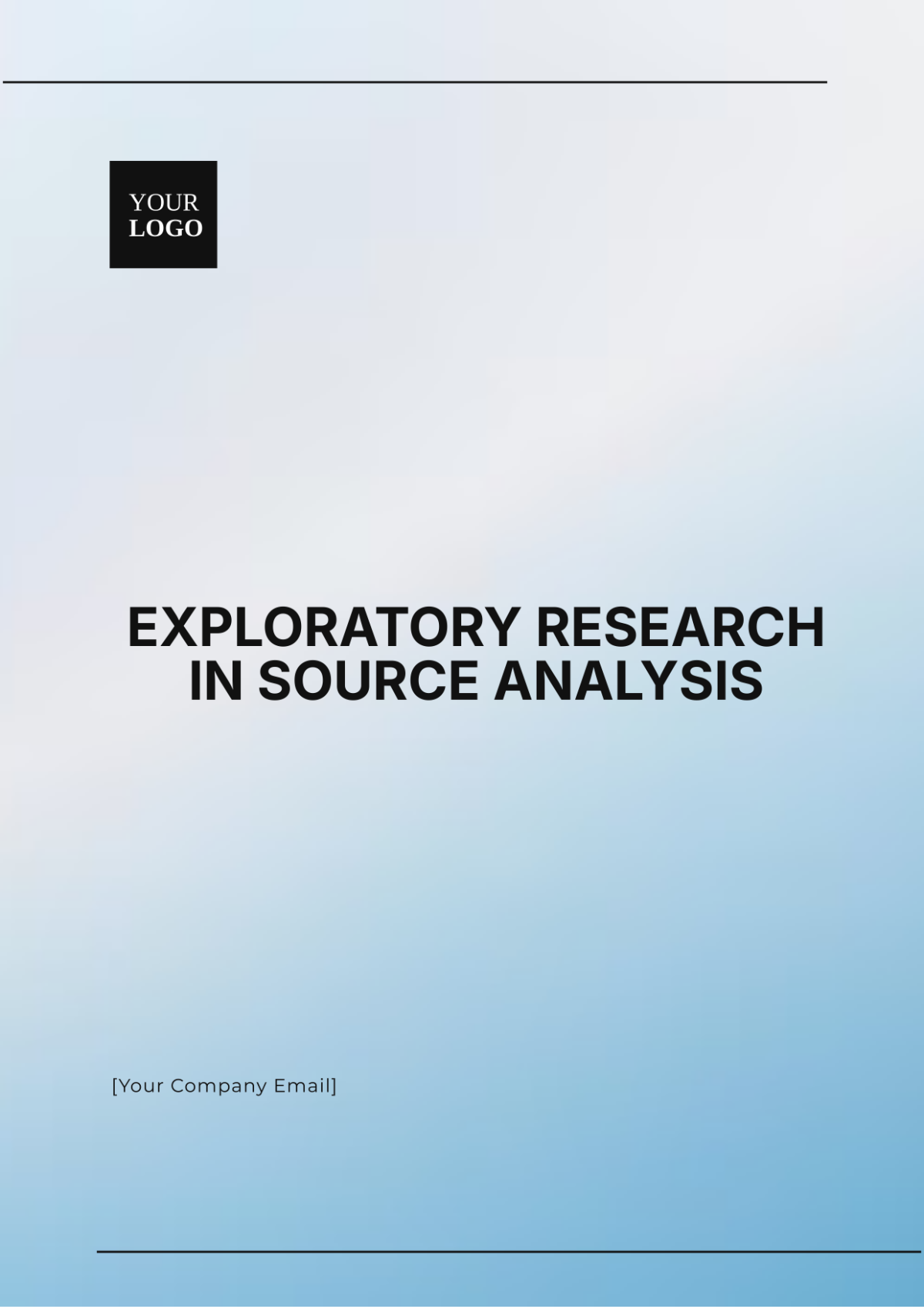Decision Tree Analysis
Prepared By : | [Your Name] |
Company : | [Your Company Name] |
Department : | [YOUR DEPARTMENT] |
Address: | [Your Company Address] |
Email: | [Your Company Email] |
I. Introduction
A. Background
The telecom industry is experiencing fierce competition due to rapid technological advancements and changing consumer preferences. Understanding and predicting customer churn, the rate at which customers leave a service provider, is crucial for telecom companies to maintain profitability and customer satisfaction.
B. Purpose
The purpose of this decision tree analysis is to develop a predictive model that can accurately forecast customer churn in the telecom industry. By identifying factors contributing to churn, telecom companies can implement targeted retention strategies to reduce customer attrition rates.
C. Scope
This analysis focuses on using decision tree algorithms to analyze customer data and predict churn. It encompasses data collection, preprocessing, exploratory data analysis, model development, evaluation, interpretation of results, and recommendations for churn reduction strategies.
II. Data Collection and Preprocessing
A. Data Sources
Customer data was obtained from [Your Company Name] internal databases, including demographic information, usage patterns, and service subscription details.
B. Data Cleaning
The dataset underwent thorough cleaning to address missing values, outliers, and inconsistencies. Data cleaning involved the imputation of missing values, removal of duplicates, and normalization of numerical features.
C. Feature Engineering
Feature engineering techniques such as one-hot encoding, feature scaling, and creating new derived features were employed to enhance the predictive power of the model.
III. Exploratory Data Analysis
A. Descriptive Statistics
Descriptive statistics were computed for key variables, including mean, median, standard deviation, and quartiles. These statistics provided insights into the distribution of numerical features.
B. Visualization
Visualizations such as histograms, box plots, and correlation matrices were generated to explore relationships between variables and identify potential patterns related to churn.
IV. Modeling
A. Decision Tree Algorithm
Model Selection: The decision tree algorithm was selected for its interpretability and ability to handle both numerical and categorical data effectively.
Hyperparameter Tuning: Hyperparameters such as maximum depth, minimum samples per leaf, and criterion were optimized using techniques such as grid search and cross-validation.
B. Model Evaluation
Metrics: Evaluation metrics including accuracy, precision, recall, F1-score, and ROC-AUC were computed to assess the performance of the decision tree model.
Cross-validation: K-fold cross-validation was employed to ensure the robustness of the model by splitting the data into training and validation sets multiple times.
V. Results and Interpretation
A. Model Performance
The decision tree model achieved an accuracy of 82.5% on the test dataset, indicating positive predictive performance in identifying churn.
B. Feature Importance
Feature | Importance Score |
|---|---|
Monthly Charges | 0.35 |
Contract Duration | 0.28 |
Internet Service | 0.20 |
Payment Method | 0.15 |
Total Charges | 0.12 |
Key features influencing customer churn were identified based on their importance scores in the decision tree model.
VI. Recommendations
A. Strategies to Reduce Churn
Based on the analysis, the following strategies are recommended to reduce churn:
Improve customer service response times.
Offer personalized retention offers to at-risk customers.
B. Future Research
Further research could explore the impact of additional factors such as customer satisfaction surveys, network quality, and promotional offers on churn prediction.
VII. Conclusion
In conclusion, the decision tree analysis provides valuable insights into predicting customer churn in the telecom industry. By leveraging these insights,[Your Company Name] can implement targeted strategies to retain customers and enhance long-term profitability.



